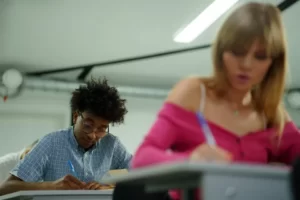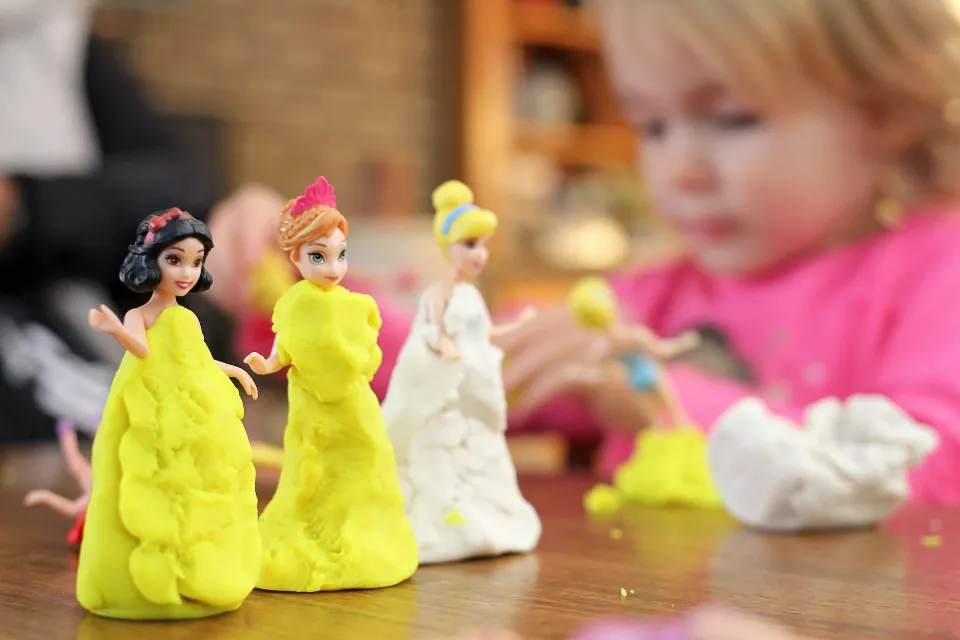
5 Simple Classroom Rules for Kindergarten to Support Effective Behavior
Do you want to learn some rules to support effective behavior? I’m eager to impart these Kindergarten guidelines to all of you.
It’s common for kindergarten to be a child’s first experience with formal education, so it’s crucial to establish classroom rules that will guide subsequent years. Learn about some kindergarten-specific classroom guidelines, such as the importance of listening to teachers, being polite, keeping your hands and feet to yourself, speaking up in class, and refraining from running.
In order to foster a positive and effective learning environment, this post will offer some recommendations for kindergarten classroom expectations and rules. We have shared classroom rules for high school and preschool.
Rule 1: Always Listen to the Teacher
The scope of this regulation is quite broad. Listening entails getting instructions on the job, scheduling details, and simple tips for having a great day. Having a really cool attention-getter is helpful for this rule.
Students will instinctively know to put their listening ears on when they use the attention-getter. If you clap your hands in a certain way or say a well-known phrase like “1-2-3,” that will draw attention. Eyes on me.’ Whatever you choose, it should be used consistently and rehearsed with students.
Rule 2: Keep Your Hands and Feet to Yourself
Safety in the classroom is essential. Due to their age, kindergarteners may be particularly susceptible to engaging in risky behavior. There may be a temptation for students to strike, kick, or even grab things that are not theirs.
When this rule is broken, it is crucial to remind students that it keeps all students safe. Kindergarten students are known to be very impulsive and act without thinking.
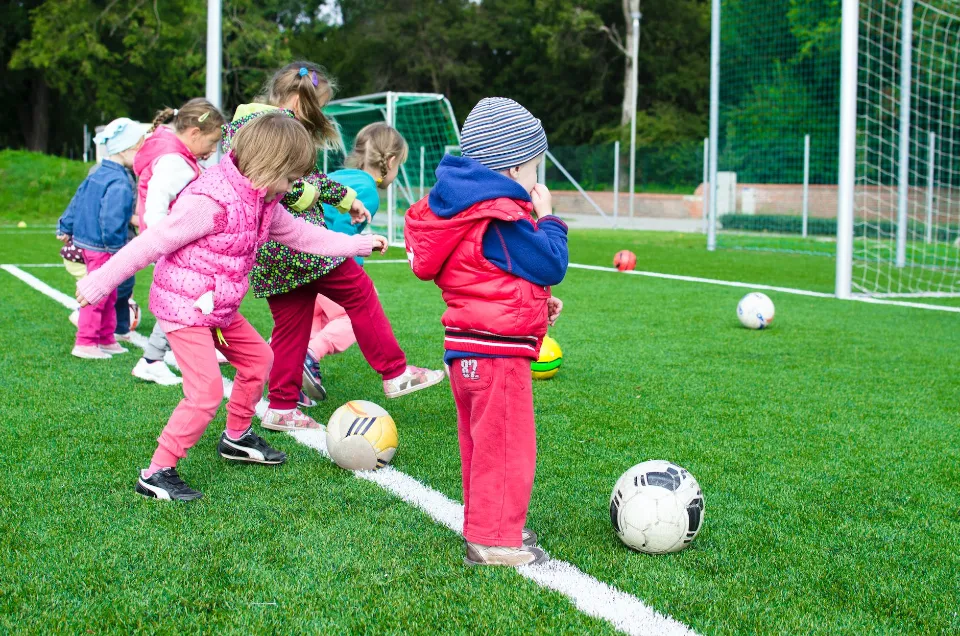
Rule 3: Follow Directions Quickly
This small rule applies to a number of daily activities that take place in Kindergarten (as well as all other grade levels), including lining up, clearing your desk, gathering art supplies, moving from the carpet to the desks, getting ready for dismissal, and probably quite a few more.
It is crucial to have set routines in place that everyone, including the students, adheres to, especially with kindergarteners and students in other grade levels.
Rule 4: Respect Yourself, Respect Others, Respect the School.
I like the fact that the teacher listed “respect yourself” first here. I wished I was present to hear the teacher’s explanation of this portion of Rule #4. It is actually a higher-level thinking part since the student has to figure out why a particular action is not respectful of himself.
“Respect Others” would be fairly simple to explain because it covers; no touching, no hitting, no bad words, don’t be mean, respect the flag, etc. Many significant topics are covered in this section of the rule.
“Respect the School” covers vandalism and taking care of the grounds, the restrooms, your classroom, and your books. Avoiding chaos in the cafeteria (or throwing things). And I’m sure there are more such things.
Rule 5: Be Safe, Be Kind, and Be Honest!
This last rule’s complete focus on the student is something I really appreciate. The first two on the list—be safe and be honest—remind the student that their teacher cares about them.! For those tiny 5-year-old kids, that must feel wonderful. I’m still telling my own kids who are now in their late 20’s and early 30s to BE SAFE!
And the only one that is a reminder to “be good” is the “BE KIND” one; and even that one sounds nice. However, that one is effective because it focuses on developing and maintaining friendships, being a good sport, avoiding bullying, and other people skills.
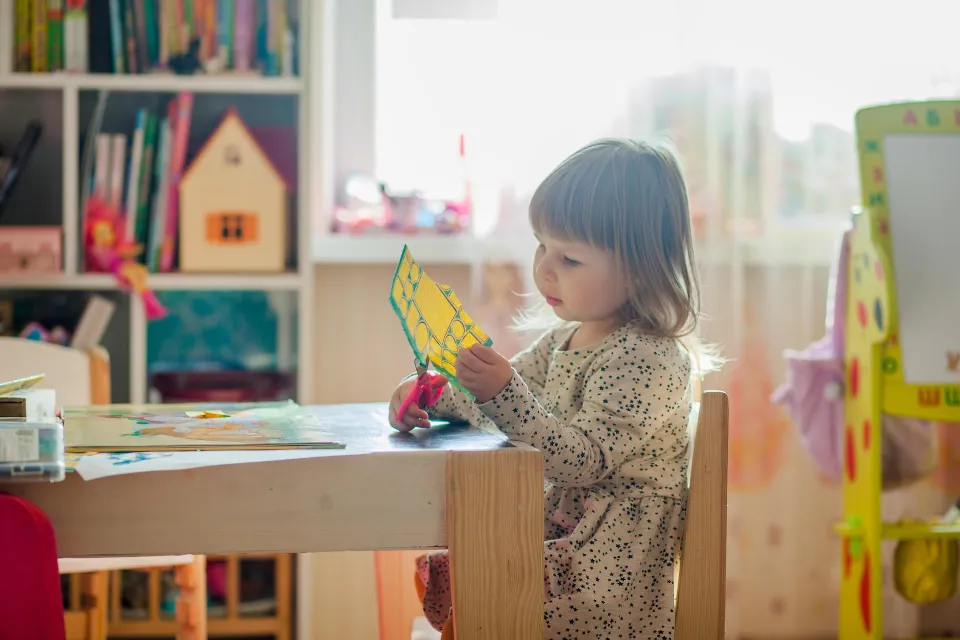
Then finally, have “BE HONEST!” as the final thing each student says is super powerful and super positive.
Choose 3-5 Simple Rules for the First Day
While I just listed over 20 examples of general rules, you’ll want to narrow it down to the ones you think align with your overall goals and expectations for your classroom. Examining the regulations and expectations at your school is a great place to start.
What are the most important things that you want to carry into your classroom? Some kindergarten teachers I am aware of simply apply the classroom rules from their school. On the first day of class, I like to go over the school’s expectations and use that as a starting point for a discussion about what those expectations might be in the classroom.
For example, if the school rule is to be respectful, you can make an anchor chart for that rule and brainstorm together what “being respectful” looks like and sounds like in class. From there, you can come up with a list of three to five straightforward classroom rules that will direct your students all academic year.
Use Anchor Charts for Kindergarten Classroom Rules
You can create a bulletin board with your kindergarten class’s rules written on anchor charts. This bulletin board with the class rules and expectations can serve as a great visual reminder for your students of what is expected in class. As necessary throughout the year, you can also add to it or make changes to it.
Another excellent method for teaching younger students about rules is by using anchor charts. Students can see and understand what is expected of them in a concrete way thanks to these tools. For example, you can draw a picture of what “walking feet” or “whole body listening” looks like on an anchor chart. Additionally, anchor charts can be a useful tool for teachers to use as a reminder to students of the rules.
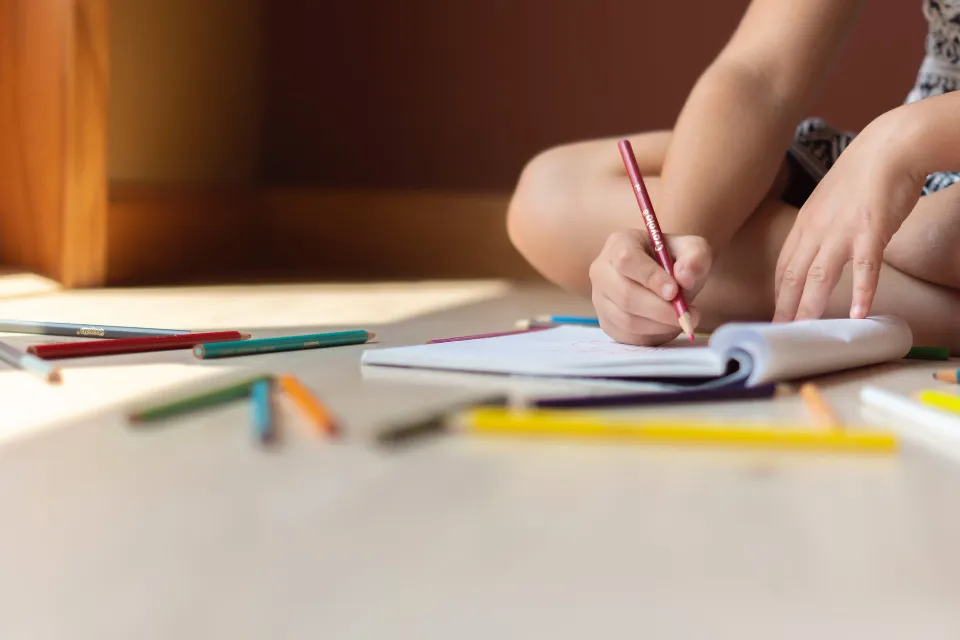
How to Introduce Classroom Rules to Kindergarteners on the First Day of School?
For many young students, kindergarten is the first year of school, with no naps or half days. Picture books are one of the best ways to introduce classroom rules for kindergarten students.
Class Rules Books
(Keep checking back as I compile a long list of excellent books to introduce the rules, procedures, and expectations for the class.)
Assign hand motions to your rules after brainstorming, reading aloud in class, or introducing them to make learning them enjoyable and memorable. For the rule “keep your hands to yourself,” for instance, a hand gesture could be the students hugging or placing their hands by their sides.
What About New Students Who Join Later in the School Year?
The rules that you and your class established at the start of the year need to be understood by your new students. Anytime a new student joins your classroom community, I advise reading a book you read at the start of the year that introduced your standards and guidelines, such as In our Classroom.
Then refer back to the anchor charts that display your rules and expectations and have a class meeting about what it’s like to be a member of the class.
Conclusion: Keep up with Your Classroom Rules All Year Long
By setting up sensible classroom rules, you can maintain control over your students’ behavior. Kindergarten is an important year for setting the foundation of positive behavior and academic success.
By having clear and simple rules, you can create a happy and productive learning environment for all and prevent unwanted behaviors from popping up. I wish you luck as you begin your new school year!

